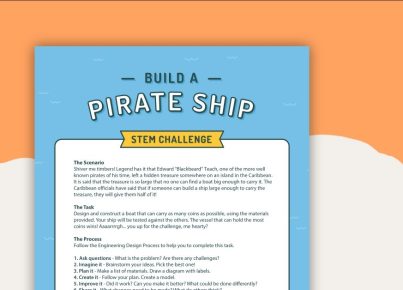1. Hands-on experiments: Teachers are incorporating engaging activities such as robotics and chemistry experiments to foster students’ love for STEM subjects.
2. Gamification of learning: Using gaming mechanics like points and leaderboards, teachers are making STEM lessons more enjoyable and competitive.
3. Project-based learning: Assigning group projects that involve real-world problems, encouraging students to collaborate and apply their STEM knowledge.
4. Makerspaces: Teachers are creating dedicated spaces filled with tools and materials for students to collaborate on creative STEM projects.
5. Guest speakers: Inviting industry professionals to share their experiences exposes students to potential career paths in the STEM field.
6. Virtual Reality (VR) learning: Exciting VR applications engage students in immersive STEM lessons and simulations of complex concepts.
7. Online resources: Teachers are integrating websites, YouTube videos, and other digital platforms to supplement traditional teaching materials.
8. Competitions: Participating in regional or national competitions helps develop problem-solving skills and builds excitement around STEM subjects.
9. Collaborations with local businesses: Partnering with companies offers unique learning opportunities that show real-world applications of STEM education.
10. Field trips: Visiting science centers, research facilities, or museums allows students to witness current advances in technology first-hand.
11. Career exploration days: Organizing events that focus on exploring the diverse roles within the STEM sector helps peak students’ interest toward different career options.
12. Cross-curricular connections: Combining art, music, or other subjects with STEM education encourages creative thinking and enriches the overall learning experience.
13. Professional development for teachers: Attending workshops and conferences allows educators to continuously improve on their teaching skills while staying updated on emerging trends in the field.
14. Mentorship programs: Connecting students with mentors who share their passion for STEM promotes motivation and long-lasting learning opportunities.
15. Coding clubs: Offering after-school programs that focus on coding helps bridge the technology gap and encourages students to develop valuable skills.
16. Integrating STEM into daily lessons: Teachers are finding ways to weave STEM concepts into various subjects to increase knowledge retention and build enthusiasm.
17. Parent involvement: Engaging parents through workshops or events helps create a supportive learning environment and emphasizes the importance of STEM education.
18. Specialized STEM curricula: Adopting existing programs or developing unique STEM curriculums catered towards school-specific needs increases teachers’ confidence in their subject matter.
19. International partnerships: Collaborating with schools in other countries not only promotes cultural exchange but also allows educators to gain new insights into effective STEM teaching practices.
20. Celebrating success in STEM fields: Highlighting successful individuals and notable achievements within the industry provides inspiration for students to pursue their own passions and dreams.





